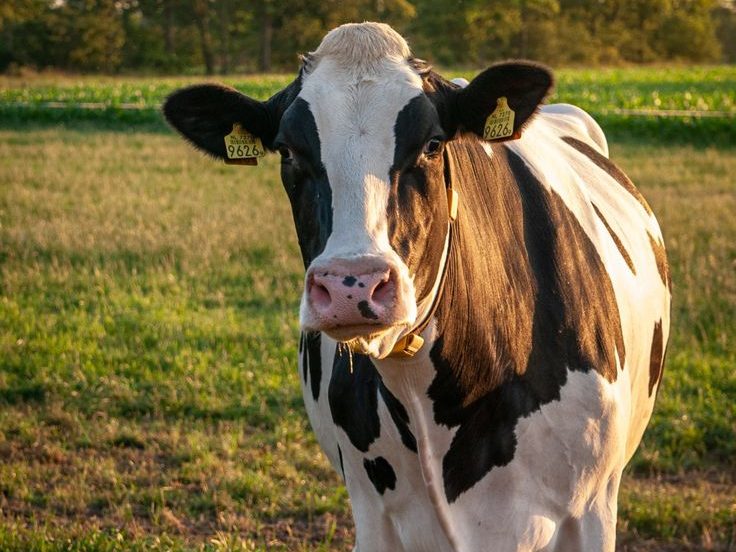How to Start a Dairy Farm: A Beginner’s GStarting a dairy farm can be a rewarding venture, providing a steady income and a vital role in the agriculture sector. However, success requires careful planning, understanding the needs of dairy cows, and knowledge of milk production processes. Here’s a step-by-step guide for beginners looking to establish a dairy farm.
1. Research and Planning
Begin by researching dairy farming fundamentals, including local regulations, market demand for milk, and operational costs. Identify potential challenges, such as feed availability, veterinary support, and climate suitability. Creating a business plan with estimated expenses, projected income, and milestones will guide your progress and help secure financing if needed.

2. Choose the Right Dairy Breed
Choosing the right breed is essential for maximizing productivity and profitability. Breeds like Holstein and Jersey are popular for their high milk yields and quality, while Ayrshire and Brown Swiss are known for resilience and good fat-protein balance. Consider the climate, as some breeds perform better in specific conditions; for example, Sahiwal and Gir are more heat-tolerant for warmer regions.

3. Set Up Infrastructure and Equipment
A dairy farm needs essential infrastructure, including cow sheds, milking stations, feeding troughs, and storage areas. Cow sheds should be clean, well-ventilated, and spacious to promote cow health. Invest in milking equipment or consider automated milking systems for efficiency. Ensure you have storage facilities for milk and refrigeration equipment to maintain freshness before distribution.

4. Establish a Feed and Nutrition Program
High-quality feed is critical for maintaining cow health and optimizing milk yield. A balanced diet includes roughages, grains, minerals, and protein supplements. Work with an animal nutritionist to create a feed plan based on the cows’ needs, factoring in growth stages and lactation cycles. Fresh water should be available at all times to keep cows hydrated and productive.
On a similar note, at Kimd Group Companies, we support beginner farmers by offering tailored business proposal writing services and design plans for various animal capacities. Therefore whether you’re just starting out or looking to expand, we provide the resources and expertise to help you succeed in the farming industry
5. Develop a Health and Breeding Program
Regular health checks and vaccinations are essential to prevent diseases and ensure optimal productivity. Work with a veterinarian to create a vaccination schedule, parasite control plan, and treatment protocols. A well-managed breeding program also boosts productivity; consider artificial insemination to select traits like milk yield, disease resistance, and calving ease. Regularly monitor each cow’s fertility status and adjust breeding plans as needed.
6. Establish Efficient Milking Procedures
Milk production relies on consistent milking practices. Establish a routine milking schedule, typically twice a day, to prevent milk buildup and maintain cow health. Clean udders before milking to reduce bacterial contamination, and practice gentle handling to avoid stress. If possible, invest in milking machines to reduce manual labor and ensure milk quality.
7. Implement Waste Management Practices
Dairy farms generate considerable waste, including manure and wastewater. Implement a waste management plan to handle manure effectively, either through composting, biogas production, or spreading it as fertilizer. Proper waste management not only keeps the farm clean but also reduces environmental impact and can provide additional revenue streams.
Conclusion
Starting a dairy farm requires significant planning, investment, and ongoing management. From choosing the right breed to establishing efficient feeding, health, and milking practices, each step impacts the farm’s success. By following these guidelines and staying committed to quality, you can build a profitable and sustainable dairy operation that meets market demand and provides a stable livelihood.
